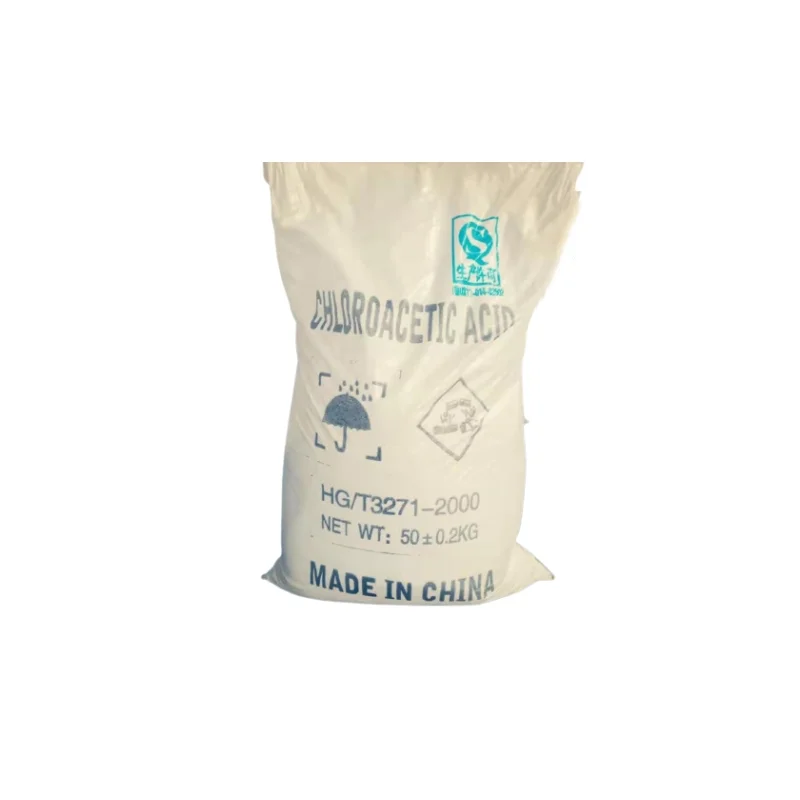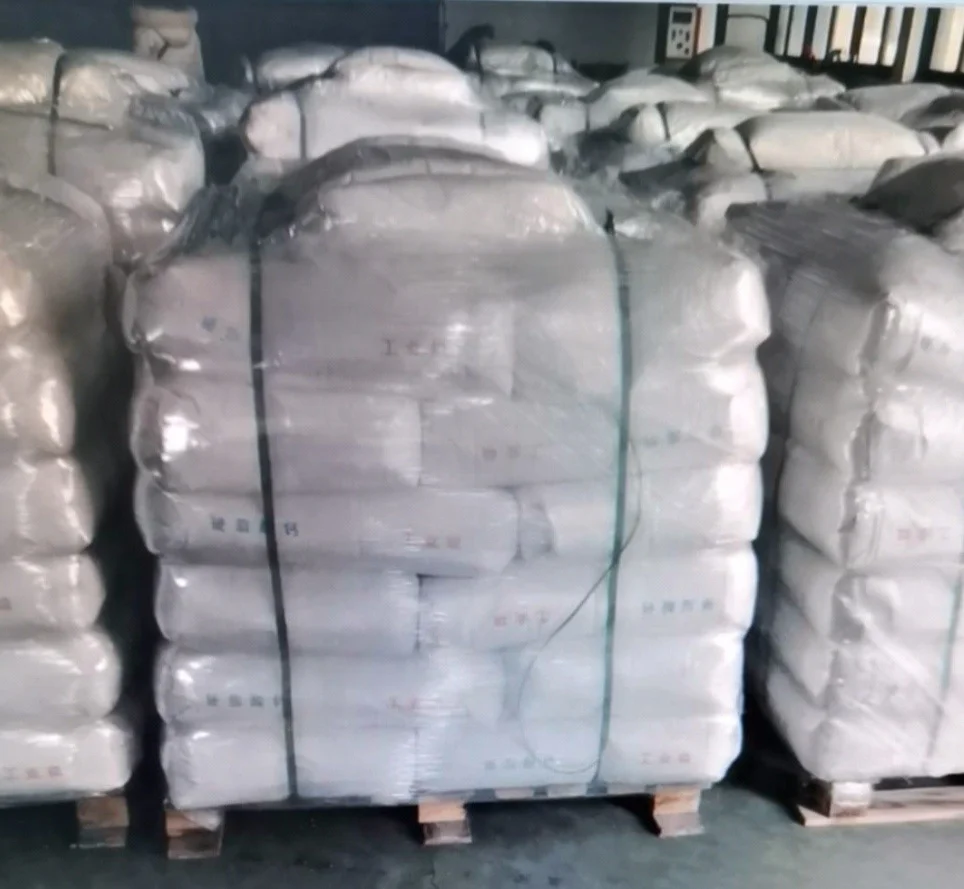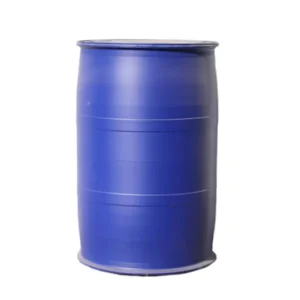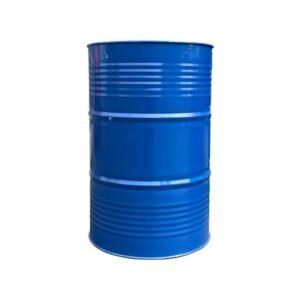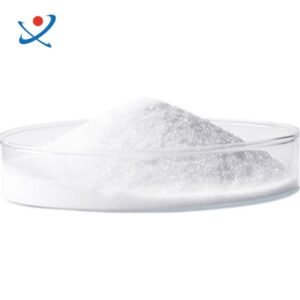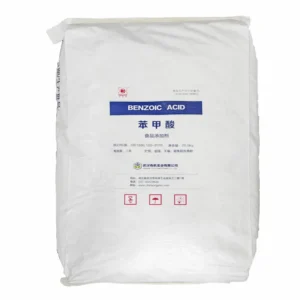Chloroacetic acid, also known as monochloroacetic acid, is an organic compound with the chemical formula ClCH2COOH α、β、γ The three forms of existence are important organic chemical raw materials.
Molecular weight: 94.497
EINECS number: 201-178-4
Density: 1.58g/cm3
Melting point: 63 ℃( α Type), 55~56 ℃( β Type), 50 ℃( γ Type)
Boiling point: 189 ℃
Flash point: 71.5 ℃
Refractive index: 1.438
Critical pressure: 5.78MPa
Appearance: White crystalline powder
Solubility: soluble in water and ethanol
The use of chloroacetic acid:
Determine zinc, calcium, silicon, and titanium. Synthesize caffeine, adrenaline, aminoacetic acid, and naphthylacetic acid. Manufacturing various dyes. Rust remover. Used for pesticide production and as an intermediate in organic synthesis. An acidifier used as a starch adhesive. It is also an intermediate in dyes, pharmaceuticals, pesticides, synthetic resins, and other organic synthetic materials. Used in the dye industry to produce indigo dyes. Chloroacetic acid is also an important carboxymethyl agent used in the preparation of sodium carboxymethyl cellulose, ethylenediaminetetraacetic acid, and other non-ferrous metal flotation agents and chromatography reagents.
Storage and transportation:
Chloroacetic acid is packaged in polypropylene woven bags lined with double layer plastic bags. During transportation, direct sunlight, moisture, and packaging damage should be prevented. It should be stored in a cool, ventilated and dry place, away from sparks and heat sources, and separated from oxides, alkalis, inflammables, and other items. The shelf life at room temperature is one year, and it is not suitable for long-term storage in high summer temperatures

